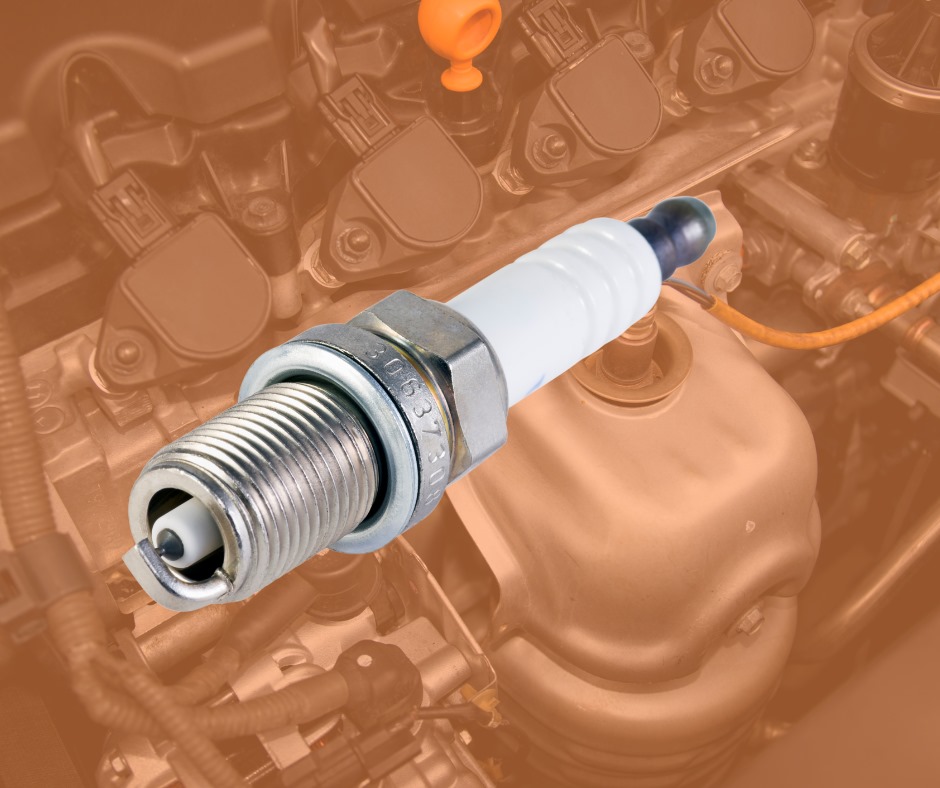Step-by-Step Guide to DIY Spark Plug Replacement

Learn how to boost your vehicle's performance and save money with our easy DIY guide on replacing spark plugs at home.
Spark Plugs and Their Importance
Spark plugs are vital components in your vehicle's ignition system. They are responsible for igniting the air-fuel mixture within the engine's combustion chambers, which powers the engine. A well-functioning spark plug ensures optimal combustion, resulting in better fuel efficiency and engine performance. Over time, spark plugs can become fouled or worn, leading to engine misfires, reduced power, and increased fuel consumption. Understanding their role and maintaining them is key to keeping your engine running smoothly.
Another important aspect of spark plugs is their heat range, which is the ability to dissipate heat from the combustion chamber. Spark plugs must maintain a temperature high enough to prevent fouling yet cool enough to avoid pre-ignition or detonation. Using the correct type and size of spark plug recommended by your vehicle manufacturer is crucial for proper engine operation.
Tools and Materials Needed for Spark Plug Replacement
Before you begin the process of replacing your spark plugs, you'll need to gather the right tools and materials. You will need a spark plug socket, typically available in 5/8 or 13/16 inch sizes, a ratchet and extension, a torque wrench, a gap gauge for checking and adjusting the spark plug gap, anti-seize compound, and dielectric grease. Additionally, it's critical to purchase the correct replacement spark plugs for your specific vehicle model, which you can find in the owner's manual or by consulting with an auto parts store.
Another useful item is a piece of hose that fits snugly over the top of the spark plug, which can be used to install the plugs without cross-threading. Make sure you have a clean workspace and all the tools and materials within reach before you start the replacement process.
Preparation Steps Before Replacing Spark Plugs
To ensure a smooth spark plug replacement process, begin by ensuring the engine is cool to avoid the risk of burns. Clean the area around the ignition coils and spark plug holes to prevent debris from falling into the combustion chamber. Disconnect the battery to prevent any electrical short circuits and remove any parts obstructing access to the spark plugs, such as the engine cover or air intake assembly.
Carefully detach the spark plug wires or ignition coil connectors from each plug. Label them if necessary to ensure you reconnect them correctly. It's also a good time to inspect the wires or coils for any signs of wear or damage and consider replacing them if needed.
Detailed Procedure for Replacing Spark Plugs
With the preparation complete, you can now proceed with the actual spark plug replacement. Insert the spark plug socket onto the first spark plug and use the ratchet to turn it counterclockwise to loosen and remove the old spark plug. Inspect the old plug to gauge your engine's condition - oil or soot buildup can indicate other engine issues.
Take a new spark plug and check the gap with a gap gauge, adjusting if necessary. Apply a thin layer of anti-seize compound to the threads (avoid getting it on the electrode) and insert the plug into the socket. Carefully thread the plug by hand to prevent cross-threading. Once hand-tight, use the torque wrench to tighten to the manufacturer's specified torque value. Repeat this process for each spark plug, and then reconnect the wires or coil connectors. Finally, start the engine to ensure it's running smoothly.
Tips for Troubleshooting Common Spark Plug Issues
Even with proper installation, you may encounter issues with new spark plugs. If your engine misfires, runs rough, or doesn't start, double-check the connections to make sure the spark plug wires or ignition coils are securely attached. If the problem persists, verify that the spark plug gap is set correctly. An incorrect gap can significantly affect engine performance.
In cases where a new spark plug fouls quickly after replacement, this could indicate an underlying engine problem such as oil leakage or a rich fuel mixture. Consulting a professional mechanic for a thorough diagnosis is advisable if troubleshooting doesn't resolve the issue.
Drop us a message from our facebook page or Chat us using the widget on the right to order spark plugs for your car

 Loading..
Loading..